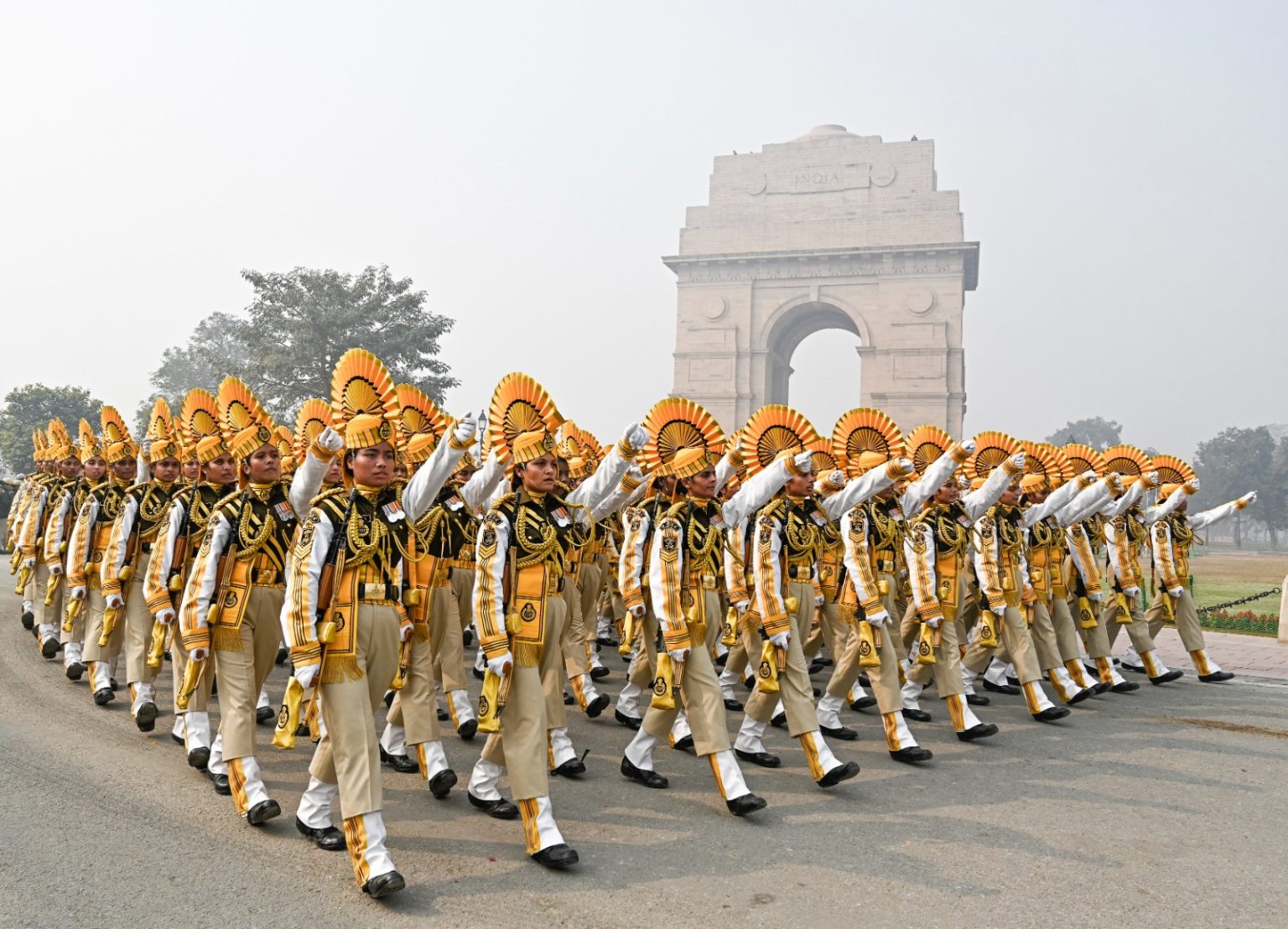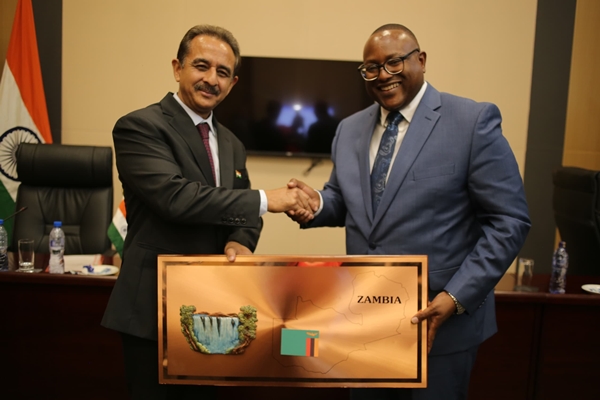China recently released the fourth list of renaming 30 more places in the Indian State of Arunachal Pradesh in an attempt to re-emphasise its claim over the state. India has once again responded sharply to this move by the neighbouring country and reiterated that the state is an integral part of the country.
Key highlights
- Previously, China had released three similar lists renaming some places. The first list of the standardised names of six places in Arunachal Pradesh was announced in 2017, the second list of 15 new names in 2021, and the third list with new names for 11 places in 2023.
- The Chinese name for Arunachal Pradesh is Zangnan, which Beijing claims as part of south Tibet.
- Earlier, China lodged a diplomatic protest with India when the Indian PM visited Arunachal Pradesh to dedicate the Sela Tunnel to the nation, which provides all-weather connectivity to Tawang and facilitates troops’ movement in the region.
Border dispute between India and China
- Four Indian States share borders with China- Himachal Pradesh, Sikkim, Arunachal Pradesh, and the Union Territories of Ladakh.
- In the Ladakh region, Aksai Chin is the disputed land area. India claims it as a part of Kashmir, while China claims it as a part of its territory. The reason behind this disputed area is the British Empire’s inability to define a clear border between its colonies and China.
- During the English rule, two borders were proposed- Johnson’s Line in 1865 and McDonald’s Line in 1893. While the former included Aksai Chin in the erstwhile Jammu and Kashmir, the latter presented the area under Chinese control.
- At present, the Line of Actual Control (LAC) separates Aksai Chin from Ladakh, reassuring the Chinese claim.
- In Arunachal Pradesh, China used to claim around 90,000 sq. km. but today it claims over the entire state. In the 1962 war, China occupied 90,000 sq. km. but withdrew its claim while showing respect for the McMohan Line.
About McMohan Line
- This is the disputed border in the eastern region.
- During the Shimla Convention in 1913-14, Sir Henry McMahon, who was the foreign secretary of British India, drew up an 890 km border between British India and Tibet, which is known as the McMahon Line.
- Though Chinese representatives initiated the talks around this agreement, they rejected it later. And China today considers this borderline illegal.











